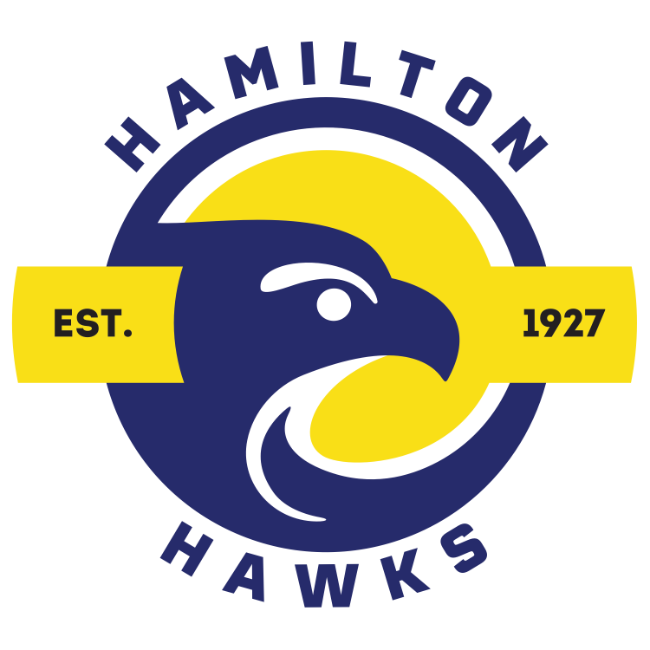Science
Science Courses
Science A+B
Required for 6th Grade, Yearlong
In this course, students will focus on nine units: Microbiome; Metabolism; Engineering Internship Metabolism; Thermal Energy; Ocean Atmosphere and Climate; Weather Patterns; Earth’s Changing Climate; Engineering Internship: Earth’s Changing Climate, and Earth, Moon, Sun.
Students will refine their science and engineering skills within the context of an engaging storyline to explain a phenomenon.
Integrated Science CTE 7A+7B
Required for 7th Grade, Yearlong
In this course, students will focus on nine units: Geology on Mars, Plate Motion; Engineering Internships: Plate Motion; Rock Transformations; Phase Change; Engineering Internship: Phase Change; Chemical Reactions; Populations and Resources; Matter and Energy in Ecosystems.
Students will refine their science and engineering skills within the context of an engaging storyline to explain a phenomenon.
Integrated Science CTE 8A+8B
Required for 8th Grade, Yearlong
In this course, students will focus on nine units: Harnessing Human Energy, Force and Motion, Engineering Internship, Magnetic Fields, Light Waves, Traits and Reproduction, Natural Selection, Engineering Internship: Natural Selection, Evolutionary History.
Students will refine their science and engineering skills within the context of an engaging storyline to explain a phenomenon.
Adopted 6-8 Science Curriculum
Amplify Science is the adopted Science curriculum for grades K-8 in Seattle Public Schools. The Amplify Science instructional model allows students to access their prior knowledge to connect past learning experiences to the present and emphasizes the use of evidence-based reasoning for scientific explanations and engineering solutions in order to communicate recommendations to address real world problems.
Each unit is constructed as a compelling storyline which begins by engaging learners in a puzzling, relevant scientific phenomenon or engineering problem. Learn more about the unit phenomena and storylines for grades 6-8 below:
